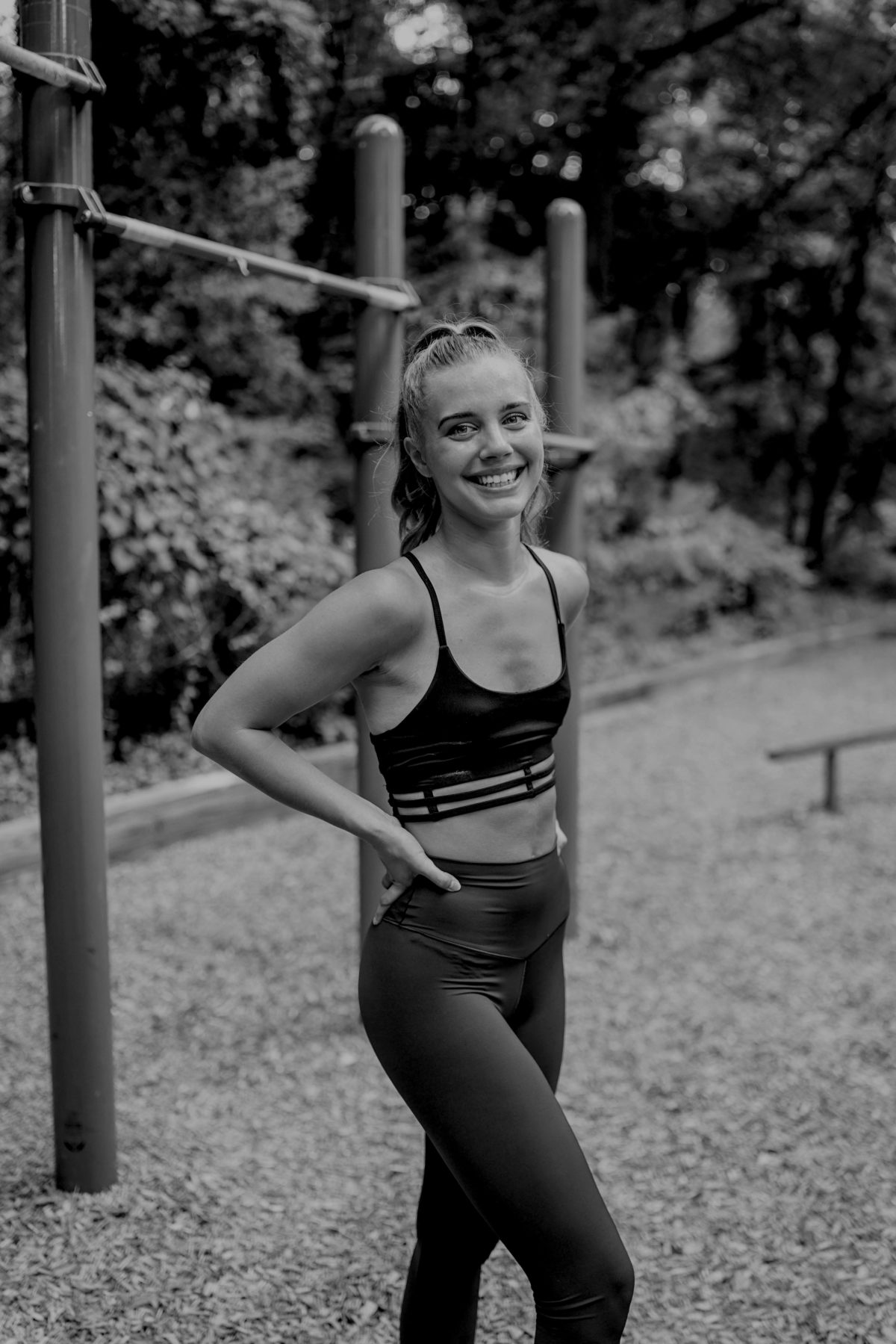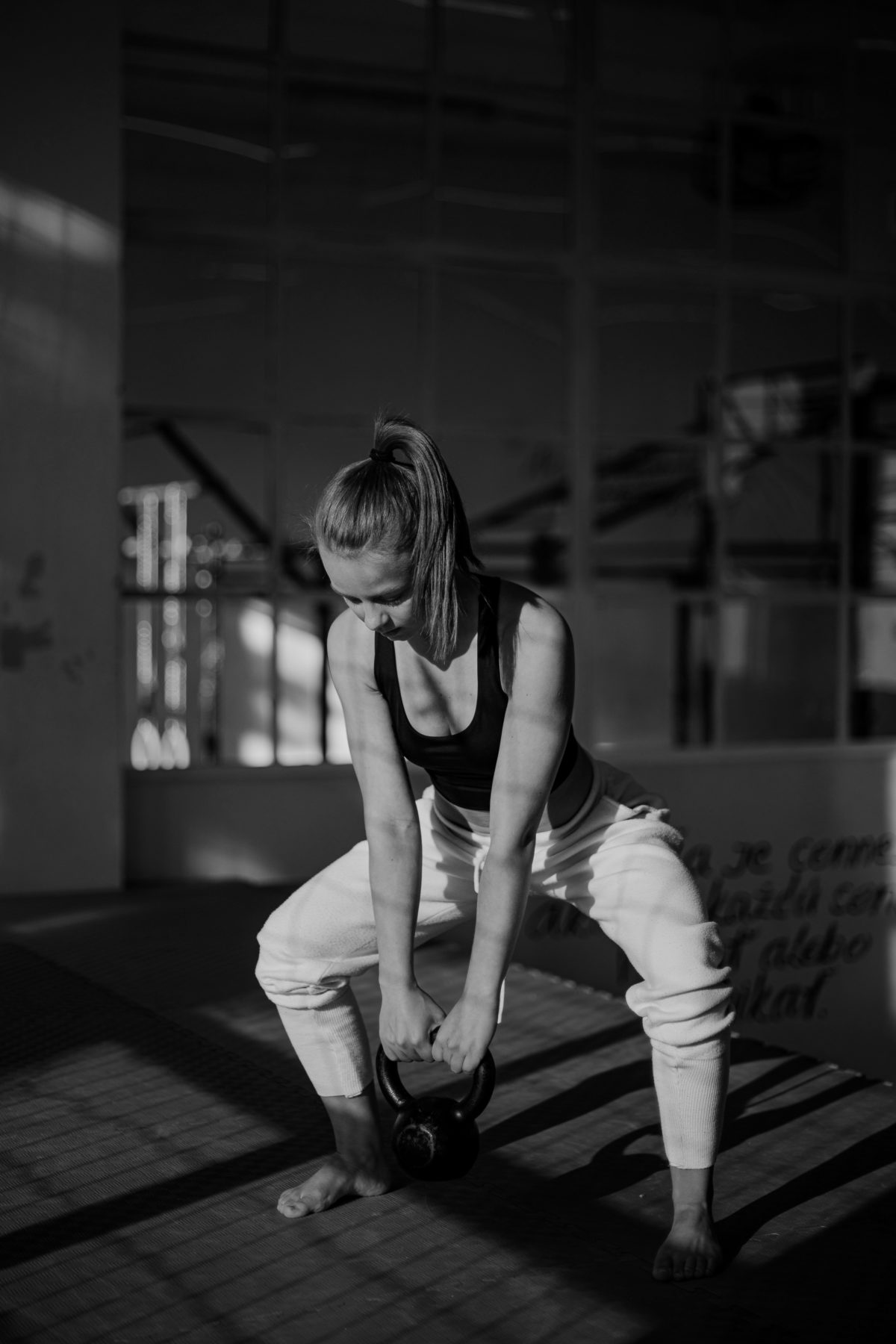There can be a tendency among new CrossFit athletes and trainers to avoid heavy training days entirely or execute them incorrectly. However, CrossFit is a strength and conditioning program.
People sometimes characterize CrossFit by its programming of mixed-modal workouts for time (“met-cons”). However, this is a limited view. Heavy training days devoted entirely to strength training are essential to CrossFit and are integral to CrossFit’s prescription of constantly varied workouts.
Why do heavy training days?
Heavy days are necessary to build top-end strength and power. Power output decreases with time. This meaning an athlete’s work capacity in a very short time domains sets the limit for his or her entire curve.
It is possible to have high levels of short-duration power and little power elsewhere (e.g., a powerlifter), but it is impossible to have low levels of short-duration power and higher levels of longer-duration power. Therefore, heavy days are essential to a general physical preparedness program.
All of that said, it is important to understand that heavy days can be completed with most any weightlifting or gymnastics movement, such as weighted dips and pull-ups, or lifting odd objects (e.g., sandbags, tires). More often than not, a barbell is the best and simplest equipment for this task. The barbell’s ease and range of loading is impossible to match. Heavy days may also include all variations of standard barbell movements (e.g., hang, power, lifting from a deficit, pulls).
Heavy days are not the only time athletes can drive strength adaptations. Even within a metabolic-conditioning workout, depending on the task and capacity of the athlete, any number of exercises may build strength.
Push-ups for novices build pressing strength similar to a bench press. Attempting a 95-lb. thruster for a new CrossFit athlete builds squatting strength. As an athlete’s strength increases, however, push-ups and 95-lb. thrusters tend to favor other adaptations, such as stamina. Greater loads are necessary to further increase top-end power.
Try a one rep max
Finally we can discuss the benefits from a one rep max. A one rep max is vital in helping achieve overall growth in strength. Whether it’s your first time setting a PR or surpassing a current one, it will help boost your heavy training days from now on.
Push your body a little harder by adding a few more pounds to your lifts. Over the next few months you will break down old plateaus. Eventually, at the next load week, you just might be surprised and see a new PR. Over time, with completing several different one rep max lifts, you’ll be so excited to review your year end records and see all the accomplishments you’ve had. And then, you’ll continue to set the bar a little higher.
Are you new to working out, and unsure about lifting weights in general? Check out 7 reasons you should lift weights by clicking here.
By Nate Crodray




